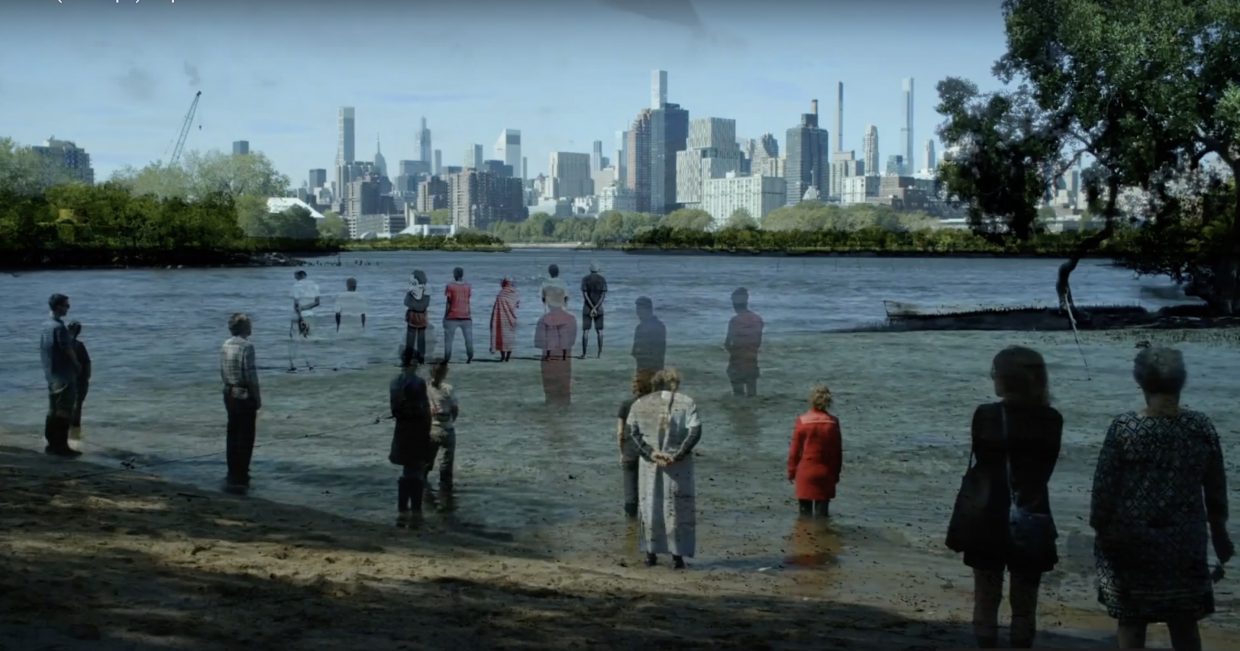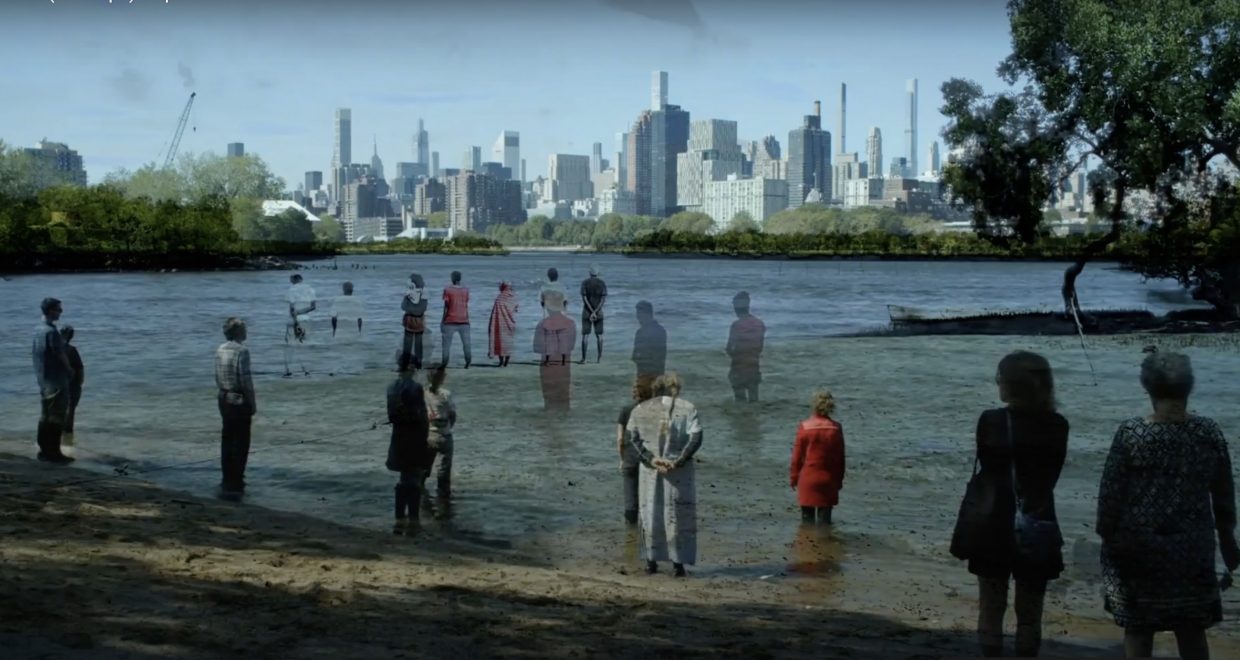What Is at Stake?
A colleague asked me this question last week. I wonder…
What is a new way to state what’s at stake? That our future will be more and more challenging? That we have lost so much and will lose much, much more? Scientists have been warning us for decades and artists have been ahead of the curve for just as long. The public finally seems to be paying attention. But it will always be hard to comprehend the urgency and scale of the problem.
Many of the words associated with the climate crisis are also used when creating a live performance:
Stakes.
Urgency.
Crisis.
Response.
Action.
Perspective.
To address the climate crisis, we must adjust our perspective. And isn’t this what performance is meant to do? Make space for imagination and invite us to try another worldview? Make us uncomfortable enough to think differently? Give us insight into crisis or tragedy before it happens, so that we can shift the outcome before it is too late?
We need to translate the enormity of the issue into unexpected embodied experiences that allow for shifts in perspective and offer some hope.
My TDR Provocation in the current issue centers on the ninth and final work in my series of site-specific performances and video artworks, 36.5 / A Durational Performance with the Sea, which began in 2013 in response to Hurricane Sandy hitting New York City. For this series, created in collaboration with bodies of water and communities around the world, I have stood in water for a full tidal cycle, filmed the entire event, and then translated the footage into a durational video artwork that is the same length as the performance.

Why durational performance and video art? Time-based and especially durational work allows for time expansion and contraction. We must SLOW DOWN in order to feel the urgency and engage in LONG-TERM THINKING.
Why participatory public art? We are a COLLECTIVE HUMANITY yet function as individuals. We must find ways to understand what is happening on HYPER-LOCAL and GLOBAL scales. Why silent? We must reframe WATER AS OUR KIN, practice RECIPROCITY, and LISTEN better.
Why stillness? DE-CENTER THE HUMAN EXPERIENCE. The water is the primary character in this performance*.
It may seem simple and even simplistic to join me standing in the water. Yet every single time, participants and audience members alike have told me they were surprised by the experience. They had prepared with me, watched from afar, or studied the work intensely, and they thought they understood what would occur. But on performance day, something unexpected happened. They experienced something new. This is why I continued to collaborate with water and make this work over nine years and why it continues to grow even now that the performances are complete.
What more-than-human being will you collaborate with?
*I am deeply indebted to my Indigenous collaborators and local knowledge holders who shared their wisdom and shaped this work in countless ways, especially adding key frameworks.






